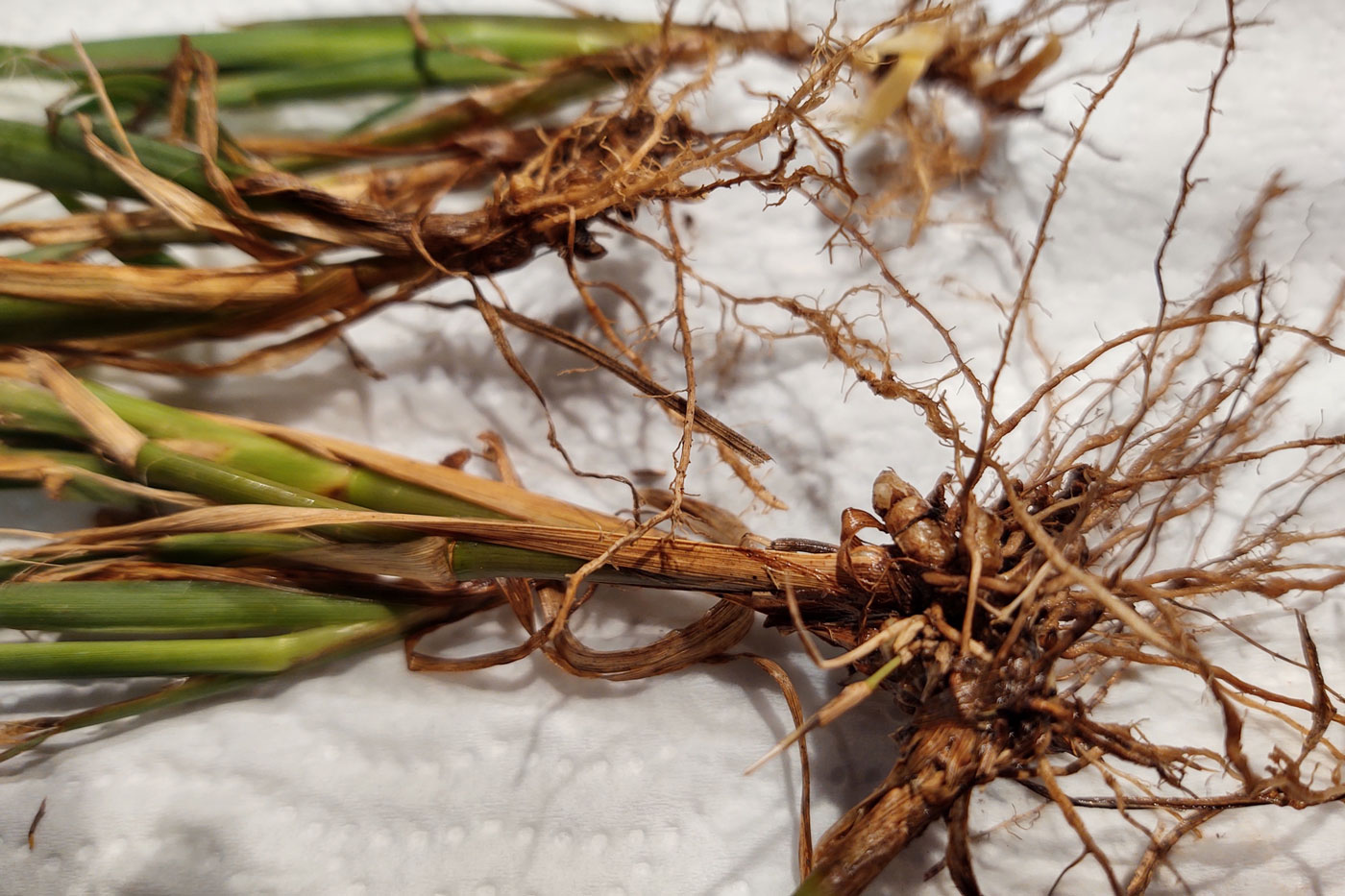MU weed scientist says to watch out for knotroot foxtail, fountain grass in pastures, hayfields

COLUMBIA, Mo. – University of Missouri Extension weed scientist Kevin Bradley lists two weeds to watch in 2024.
Knotroot foxtail, like yellow foxtail, has a short, hair-like ligule and a typical foxtail-like seedhead. Unlike yellow foxtail, however, this species has short, knotty rhizomes. The invasive perennial is also known as bristle grass.
Knotroot foxtail is spreading in Missouri pastures. It is difficult to control because its roots can still send out shoots even after herbicides are applied.
In a press release, Bradley said, “Although it is known that this species has been present in Missouri for some time, historically, I have not encountered it before in Missouri pastures or ever received any calls about it from growers or consultants.”
“In the past two seasons, we have identified knotroot foxtail populations that were sent to us from Bates, Cape Girardeau and Moniteau counties. However, according to the ‘Flora of Missouri,’ its distribution is across the state in approximately two-thirds of Missouri counties,” he says.
Herbicidal options are limited, says Bradley. He shares options at https://ipm.missouri.edu/croppest/2023/8/knotrootFoxtail-KvB.
“It’s not going to go away,” he says.
It offers low forage quality for livestock. Its small seeds can lodge between the teeth and gums of horses and cause mouth sores.
Bradley urges forage growers to scout fields and spot treat this weed. As always, good management of pastures and hayfields includes soil testing and fertility.
For more information on other foxtail grasses in Missouri, go to https://ipm.missouri.edu/cropPest/2014/5/Weed-of-the-Month-the-Foxtails.
Another weed to watch is fountain grass, which can choke out other grasses in livestock pastures. Cattle don’t like its waxy, spiny stems, says Bradley.
Fountain grass grows as an invasive species in Arizona, Nevada, California and Hawaii. Hawaii regulates it as a noxious weed.
Producers in Lafayette County reported its presence in 2021, and it was reported in Cape Girardeau County in 2018. It is known to be present in at least 10 Missouri counties, all but one above Interstate 70.
The perennial was once used as an ornamental in urban landscapes. It prefers warm climates but tolerates mild winters.
Fountain grass adapts easily to different environments and can spread quickly due to its extensive root system. It also can reduce wildlife habitat.
Once established, fountain grass is difficult to control. USDA recommends pulling fountain grass plants by hand. Bag debris and dispose – do not burn. Mowing does not work. USDA offers control suggestions in “Field Guide for Managing Fountain Grass in the Southwest” at www.fs.usda.gov/Internet/FSE_DOCUMENTS/stelprdb5410113.pdf.
Miss Clipping Out Stories to Save for Later?
Click the Purchase Story button below to order a print of this story. We will print it for you on matte photo paper to keep forever.

